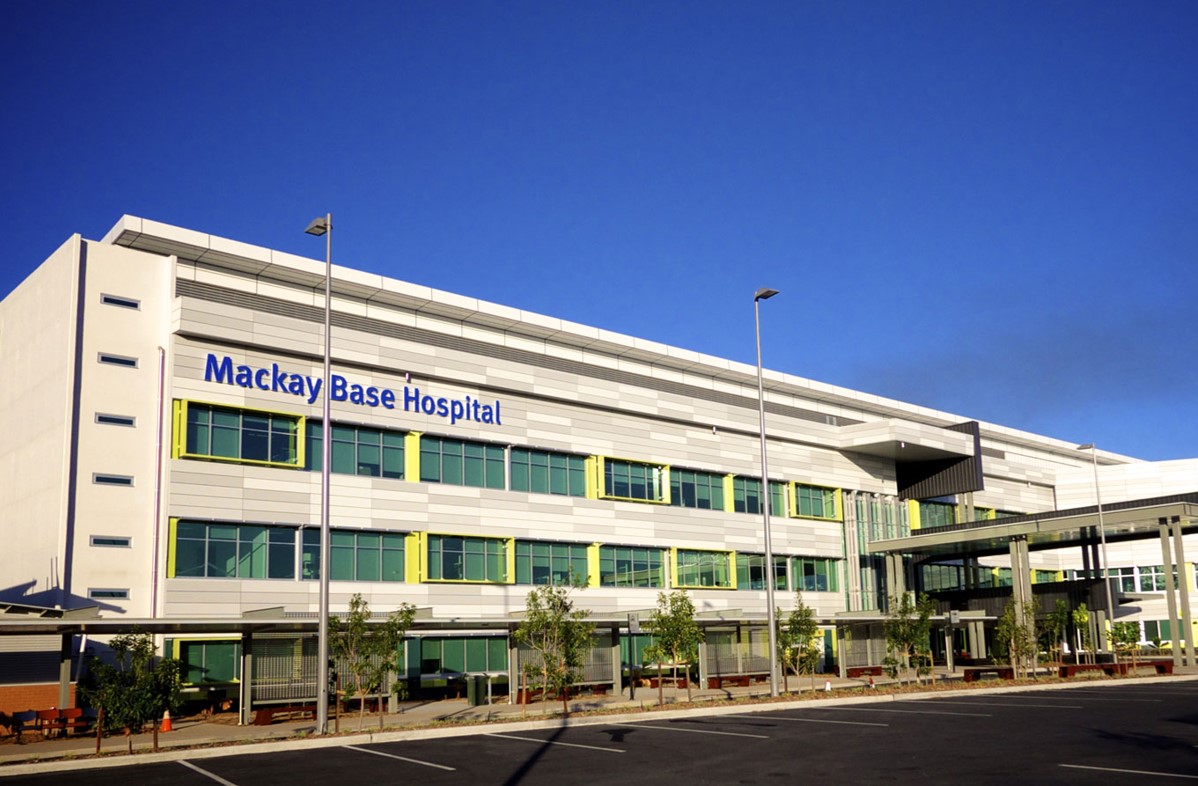Emergency Departments are under enormous pressure, with many close to breaking point. But there’s hope for a better future. We look at the results from two inspirational success stories—at Mackay Base Hospital in Australia and at an NHS Foundation Trust—showing how speech recognition accelerates and improves Emergency Department documentation.
It seems not a week goes by without another headline focusing on ambulance queues and record waiting times at Emergency Departments (EDs) throughout the UK. My colleagues who work in EDs can easily pinpoint the root cause of the problem; it’s what Sir Stephen Powis, NHS England’s medical director, calls “a tripledemic of Covid, flu and record pressure on emergency services”.
That pressure comes from more people attending EDs or requiring urgent ambulance callouts combined with “bed blocking”—more people taking up beds who should have been discharged. While staff shortages are clearly an issue throughout the healthcare sector, the sheer length of time it takes to complete patient documentation exacerbates the problem. That’s why I believe clinical speech recognition can have a profound impact—and there’s growing evidence to support that assertion.
Speech recognition accelerates ED documentation at Mackay
Mackay Base Hospital in Queensland, Australia, sees more than 81,000 presentations at the ED each year, so every minute saved per patient adds up to a dramatic impact on efficiency. Dr Andrew Brier, an emergency medicine specialist at Mackay, told us about his experience of using AI-powered speech recognition to accelerate clinical documentation.
Before Mackay implemented Nuance’s clinical speech recognition solution, Dragon Medical One, last year, Dr Brier was skeptical.
“To be honest, I didn’t think this was going to work,” he said. “I fancy myself as a reasonable typist—maybe 50 or so words a minute, taking into account corrections. And I thought, ‘How is voice-to-text going to work in a busy Emergency Department?’ But it does. After a week or two, I seemed to be much more efficient than I used to be. And in a few more weeks, I was totally addicted. I’ve gone beyond that now—I’m dependent on it.”
Faster documentation
Using the clinical speech recognition in Dragon Medical One, Dr Brier has reduced the time he spends on documentation from around 4-5 minutes per patient to 2.5 minutes per patient.
Dr Brier also shared analytics data from Cerner Lights On Network showing that the average user in Queensland spends 12 minutes per patient on documentation, compared to his 2.5 minutes with Dragon Medical One. “I’m documenting my patient journey nearly 10 minutes faster than the average,” he said. “If we can document their journey quicker, we can get them out and free up those beds, reduce the times in the waiting room, and improve patient satisfaction.”
More efficient workflows
Dr Brier is also using voice commands in Dragon Medical One to accelerate the ordering process. He’s created voice-activated bundles that enable him to quickly order everything needed for a chest pain pathway, a sepsis patient, and a major trauma. By saying a simple command and then checking a few optional boxes, he can have an order ready to sign off in 10-12 seconds.
“I had a group of clinicians from my department, and I said, ‘I want you to order all of these things for a test patient.’ The fastest order via their preferred method was 45 seconds,” he said. “They were going as slow as 1 minute 20 seconds to order exactly the same thing that I can do in 10-12 seconds.”
Better-quality clinical notes
While Dragon Medical One has helped Dr Brier become more efficient, he believes it’s also enabled him to enhance the quality of his documentation.
“What’s really hard to capture as a metric is quality, and I feel my quality of documentation has improved markedly,” he said. “Particularly for circumstances where you want more than just dot points on a page and you want to be more descriptive, like referral letters, complex end-of-life discussions, child safety issues, and domestic violence issues. Getting all that down in a time-efficient manner, with improved quality, is where this really comes into its own.”
Saving time and changing lives
Using Dragon Medical One, Mackay Base Hospital is now saving one hour per clinician per shift. And back in the UK, we’ve seen similar results in a study Nuance conducted with an ED at an NHS Foundation Trust. ED clinicians using speech recognition reported creating documentation up to 40% faster compared to handwritten and typed clinical notes. This led to time savings of up to 3.5 minutes per patient—minutes that soon add up to hours across a busy ED team. Like Dr Brier, the NHS clinicians also saw improvements in documentation quality, with 86% reporting their notes were more complete using speech recognition.
Both Mackay Base Hospital and the NHS Trust that participated in our study have seen remarkable improvements in documentation speed and quality. With faster documentation and more efficient workflows, ED clinicians can see more patients, help relieve the pressure on our overstretched NHS staff, and withstand the challenges of the “tripledemic”.







